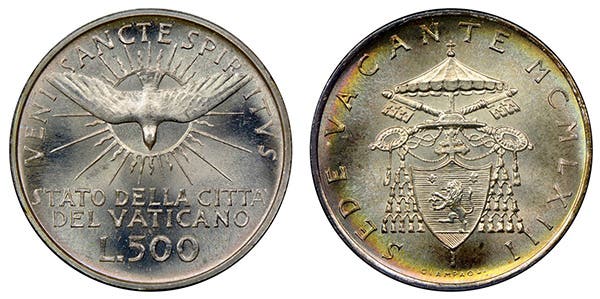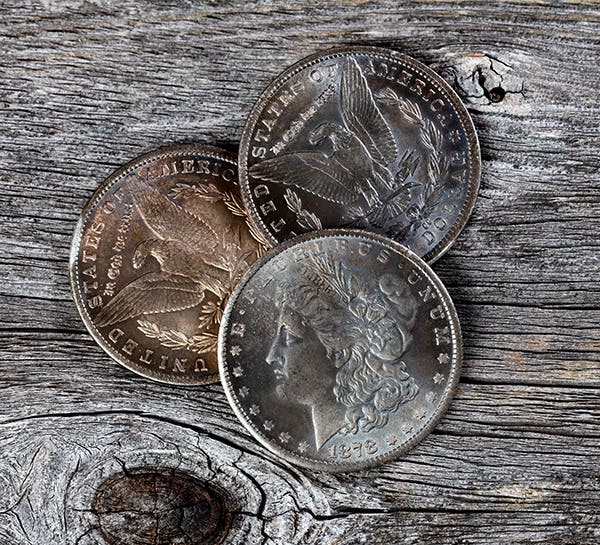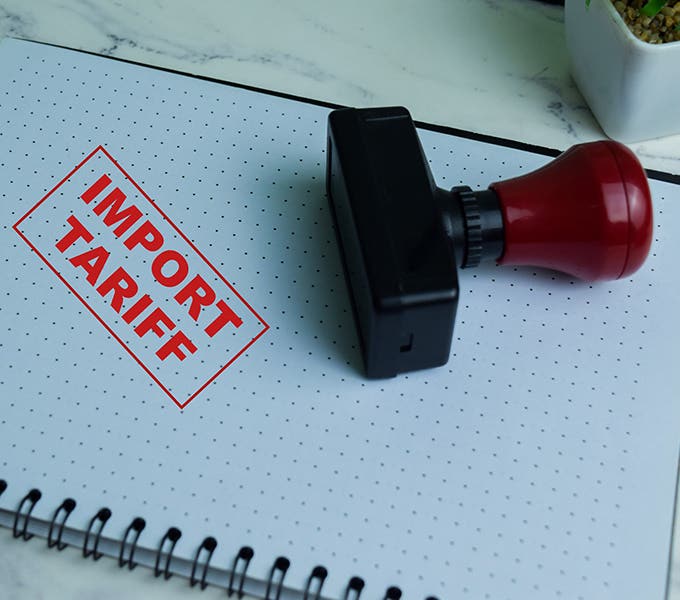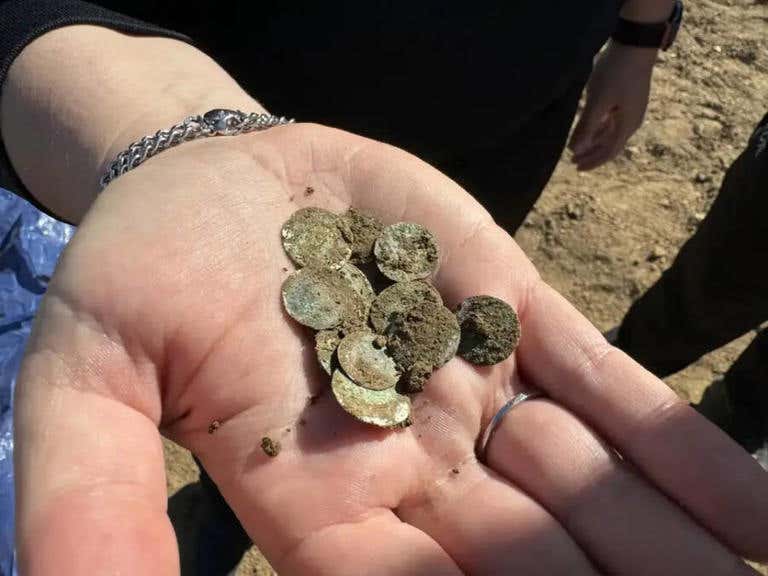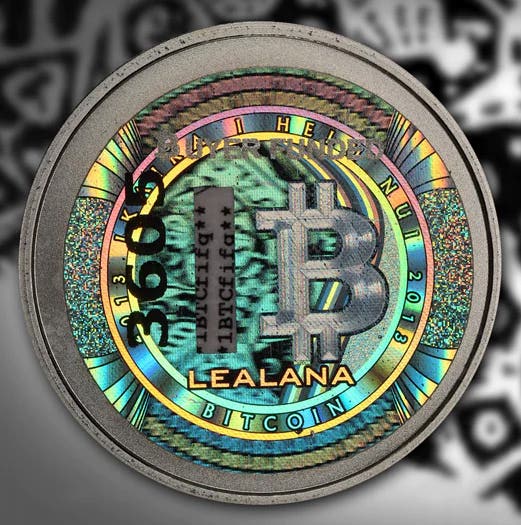Coin designer initials treated differently
The letter “L” had appeared on Indian cents to identify Longacre as the designer. Why were three initials used on Brenner’s initial cent? At the time VDB was ordered removed…
The letter “L” had appeared on Indian cents to identify Longacre as the designer. Why were three initials used on Brenner’s initial cent?
At the time VDB was ordered removed from the Lincoln cent in 1909, it was proposed it be replaced with a simple “B.” Mint Chief Engraver Charles Barber complained because he didn’t want the single letter for Brenner to be confused with his own single initial.
How do you rate the coin graders? Who is the best?
The most widely used graders are those at Professional Coin Grading Service, Numismatic Guaranty Corporation and at ANACS. There are more grading services, some of whom are quite good and simply lack recognition due to a lack of marketing. A few grading operations can politely be called optimistic. This latter group services telemarketers who sell to noncollectors more than to the collecting public in the numismatic field. Regardless of the grader used, ensure you like the coin, not its slab.
Can I trust the condition written on a 2-by-2 cardboard coin holder to be correct?
Coins not encapsulated by third-party certification services are referred to as being raw. Ensure you understand grading before you purchase such a coin.
How can I tell if a coin has been weakly struck, or if what I am looking at is wear?
Experience is important in learning to differentiate the two. Learn about the high points of wear on the type coin you are purchasing. Watch for discoloration at the details in question. A weakly struck coin will still have consistent toning. That toning will be interrupted by wear.
How can I tell if the coin in question was struck from worn dies?
Design elements such as stars and edge legends closest to the fields are typically weak if a coin has been struck from worn dies. Likewise, rims that appear to be strong are typical of worn dies rather than of a weak strike. Die wear impacts the low areas of the coin first since there are the high points on the coinage die. This is the opposite of wear from circulation.
Is the value different for a coin struck from worn dies from that originating from a weak strike?
It really doesn’t matter. Both will command a lower value than will a fully struck coin.
Where can I get information to educate myself about grading?
There are several excellent grading guides you can purchase. There are also several web sites at which the coin illustrations will help. The American Numismatic Association offers classes on grading periodically. Any or all of these are tools meant to help you learn.
How is it that gold coins could be spent at a face value through 1933 despite fluctuations in the price of gold, while today no one would try to make a gold American Eagle coin circulate?
The gold price was fixed prior to the end of the gold standard in 1933. Between 1837 and 1933 the price of gold was almost continuously at $20.67 per ounce. The Civil War and World War I interrupted. That is why gold coins were hoarded during conflict. Gold owners expected to profit from the wartime inflation and an expected devaluation. The free market only has only developed since 1968. In recent years we have seen gold fluctuate between about $1,200 and more than $1,800 an ounce.
Why was it that in 1857 we were able to eliminate the half cent coin, yet today the cent continues despite it being so impractical to mint and to use?
Despite its lack of any true monetary value the popularity of the one-cent coin continues, whereas in 1857 the demand for the half cent had evaporated. There is also fear withdrawal of the cent might spark price inflation, with prices being rounded up.
I need information about these.
Reader Travis Griffith submitted images of several military challenge “coins,” which are medals on which the color insignia or emblem of the organization are depicted. These are traditionally given to prove membership in an organization.
This article was originally printed in Numismatic News. >> Subscribe today.
More Collecting Resources
• If you enjoy reading about what inspires coin designs, you'll want to check out Fascinating Facts, Mysteries & Myths about U.S. Coins.
• Is that coin in your hand the real deal or a clever fake? Discover the difference with U.S. Coins Close Up, a one-of-a-kind visual guide to every U.S. coin type.



